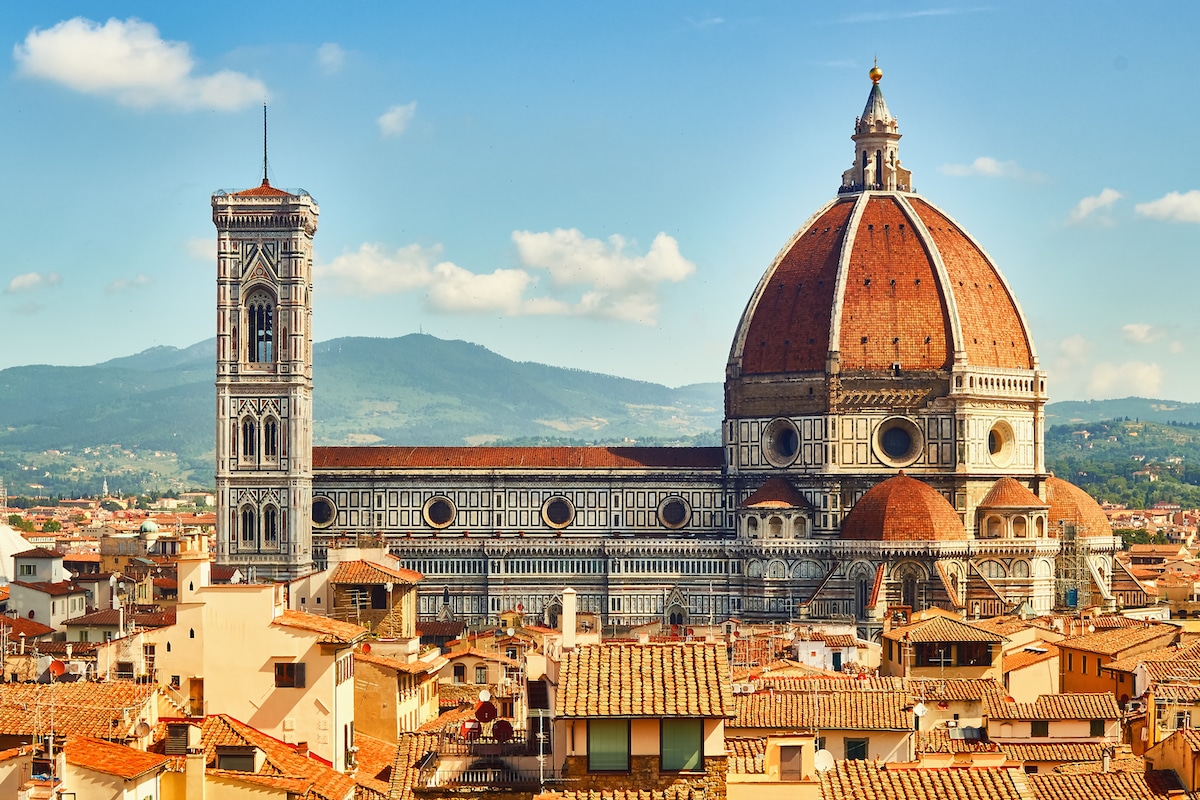- What is heritage?
- Why preserving Heritage?
- What we have to preserve?
- How to preserve it?
1.What is heritage?
Heritage
Set of assets acquired by inheritance (family assets, State assets, municipal assets…)
Culture
Set of lifestyles, customs, knowledge and degree of artistic, scientific, industrial development, in an epoch, social group…
Cultural heritage
Set of assets that have to do with the culture of the people, nation, city, society…
Cultural identity
Culture isn’t solely the set of monuments.
The concept of Cultural asset was formulated, it integrates objects with historical or artistic value, but also any expression, manifestation or significant testimony of human culture with documentary capacity.
TRADITIONAL HISTORY focused on the great political, military and scientifiv events that marked history and, therefore the monument constituted its best representation.
NEW HISTORY puts its interest in man and his existence, the instruments of work, utensils of everyday use… Showing a more complete understanding of the culture. Cultural assets constituted its best representation in this last case.
In 1972, the UNESCO proposed a new classification of cultural assets:
- Monuments: Architecture, sculpture, painting, archaeology, caverns, inscriptions, elements of universal value.
- Sets: Groups of constructions whose architecture and integration with the landscape give them exceptional value from the historical, artistic or scientific point of view.
- Places: Works of man and nature with the universal value from the historical, aesthetic, ethnological or anthropological point of view.
Cultural assets:
- Monumental architecture
- Works of art
- Minor or popular architecture
- Military and defensive architecture
- Witnesses at work
- Witnesses of industrial production
- Witnesses of agricultural culture
- Witnesses of gastronomic culture
2. Why preserving Heritage?
Preservation is a method of not losing the Values of cultural identity.
The values of heritage:
- Cultural value
- Artistic value
- Historical value
- Value of authenticity
- Functional/social value
- Economic value
3.What should be preserved?
a)Protection of values: Protect not only the physical heritage but also its values (historic, artistic, antiquity, functional, economic…)
b)Physical conservation: Every aspect of the building must be taken care of (matter, construction techniques, shapes, dimensions, colours, materials, textures, character, use, environment, meanings…)
c) Enhancement (valorisation): Make the building show and explain its values.
4. How to preserve?
a)Legislative instruments
1. Protecting(Laws and rules)
2. Invertorying
Enumerating, locating and describing the assets of a specific extent
3. Cataloguing
Involves the enumeration, description and location of a property, but also it provides a historical study and economic valuation of a Heritage Resource.
More specific than invertorying.
b)Action of interventions.
1. Preservation
Operations to be performed on the good to ensuere its survival against hazards or possible damages. Equivalent to conserve but with more emphasis on the preventive aspect.
2. Maintenance
Continuous and gradual maintenance, through punctual repairs, in a state of efficiency, in conditions to be used. An operation designed to prolong and maintain as long as possible the materials from which the object is made.
3. Repairing
Leave in good condition an object that was broken or deteriorated
4.Consolidation
Is a particular way of preserving, reinforcing structural, constructive or material elements by giving them greater consistency or solidity
5.Renovation
It is a direct intervention on the monument whose purpose is the restitution or improvement of the legibility that is lost over time, without incurring alterations or falsifications of its documentary nature.
6.Adaptation
Enable to turn something to its former state of efficiency or functionality. Also new functions and uses are possible.
7. Reconstruction
It is a procedure of integral or partial reconstruction of the building, with an absolutely exceptional character, that has been carried out in specific historical circumstances and as a consequence of traumatic events.
8. Anastylosis
Archaeological term for a technique whereby a ruined building of monument is rebuilt using original architectural elements.
9. Restoration
Action of returning monument to its earlier state by removing accretions or by reassembling existing elements. It suggests to “go back” to the original state of a building by removing added later stages.
